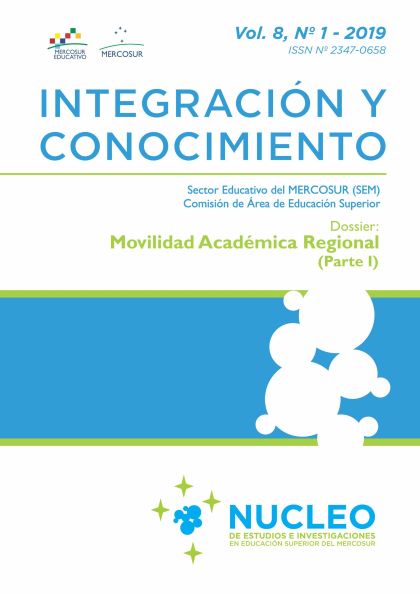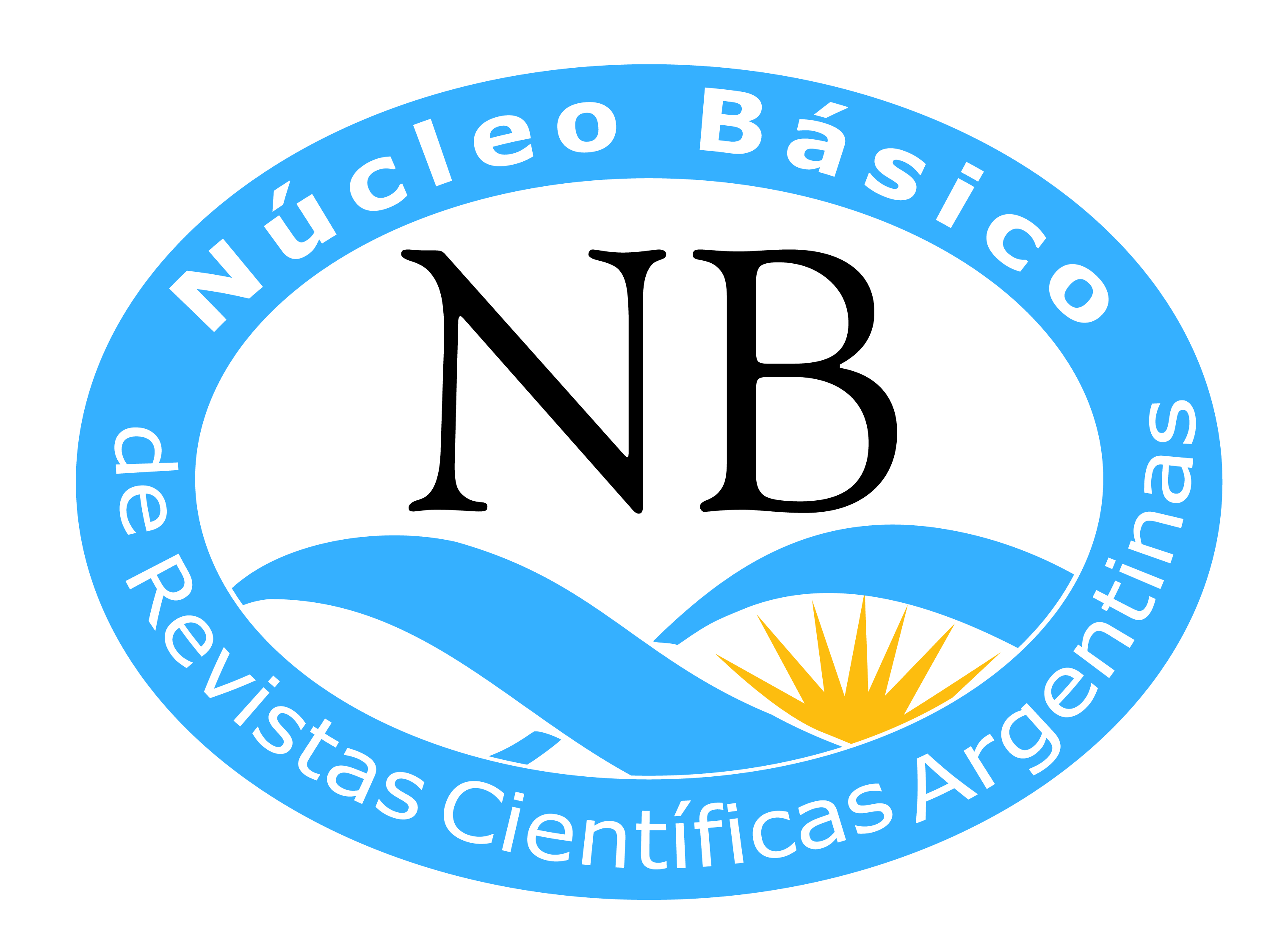La tibia mirada hacia la internacionalización en las IES de Paraguay: experiencia de la Universidad Nacional de Asunción en este proceso
DOI:
https://doi.org/10.61203/2347-0658.v8.n1.24662Abstract
Este trabajo aborda una perspectiva constructiva de las políticas públicas que promueven la internacionalización del país, además de las reglamentaciones creadas en las instituciones universitarias y unidades académicas en las que se realizan, y del avance de la internacionalización en la Universidad Nacional de Asunción (UNA). Se plantean algunas realidades de este proceso en las Instituciones de Educación Superior (IES) del país, y sobre todo las dificultades estructurales y operacionales que amenazan la evolución de la internacionalización en las mismasDownloads
References
Agencia Nacional de Evaluación y Acreditación de la Educación Superior, ANEAES. (2015). Modelos de Evaluación de Calidad de la Educación Superior. Disponible en http//www.aneaes.gov.py
Agencia Nacional de Evaluación y Acreditación de la Educación Superior, ANEAES. (2003). Ley N° 4995. Disponible en http//www.aneaes.gov.py.
Consejo Nacional de Ciencia y Tecnología, CONACYT. (2017). Libro Blanco del Conacyt. Disponible en http://www.conacyt.gov.py.
Consejo Nacional de Educación Superior, CONES. (2017). Libro Blanco para la Educación Superior / Ñanearanduka tuichavéva. Disponible en http://www.cones.gov.py
Knight, J. (2004). Internationalization Remodeled: Definition, Approaches, and Rationales. Journal of Studies in International Education, Vol. 8 Nº1, 5-31.
Owens, T. y Lane, J. E. (2014). Cross-border higher education: global and local tensions within competition and economic development. New Directions of Higher Education, Vol. 168, 69-82.
Universidad Nacional de Asunción, UNA (2017). Nuevo Estatuto de la UNA. Disponible en https://www.una.py
Downloads
Published
Issue
Section
License
Authors who have publications with this journal accept the following terms:
a. Authors shall retain their copyright and guarantee the journal the right of first publication of their work, which shall simultaneously be subject to the Creative Commons License of Recognition which allows third parties to share the work as long as its author is indicated and its first publication is this journal.
b. Authors may adopt other non-exclusive licensing agreements for the distribution of the published version of the work (e.g., depositing it in an institutional telematic archive or publishing it in a monographic volume) provided that the initial publication in this journal is indicated.
c. Authors are allowed and encouraged to disseminate their work via the Internet (e.g. in institutional telematic archives or on their website) after publication of the article, which may lead to interesting exchanges and increased citations of the published work. (See The Effect of Open Access).



